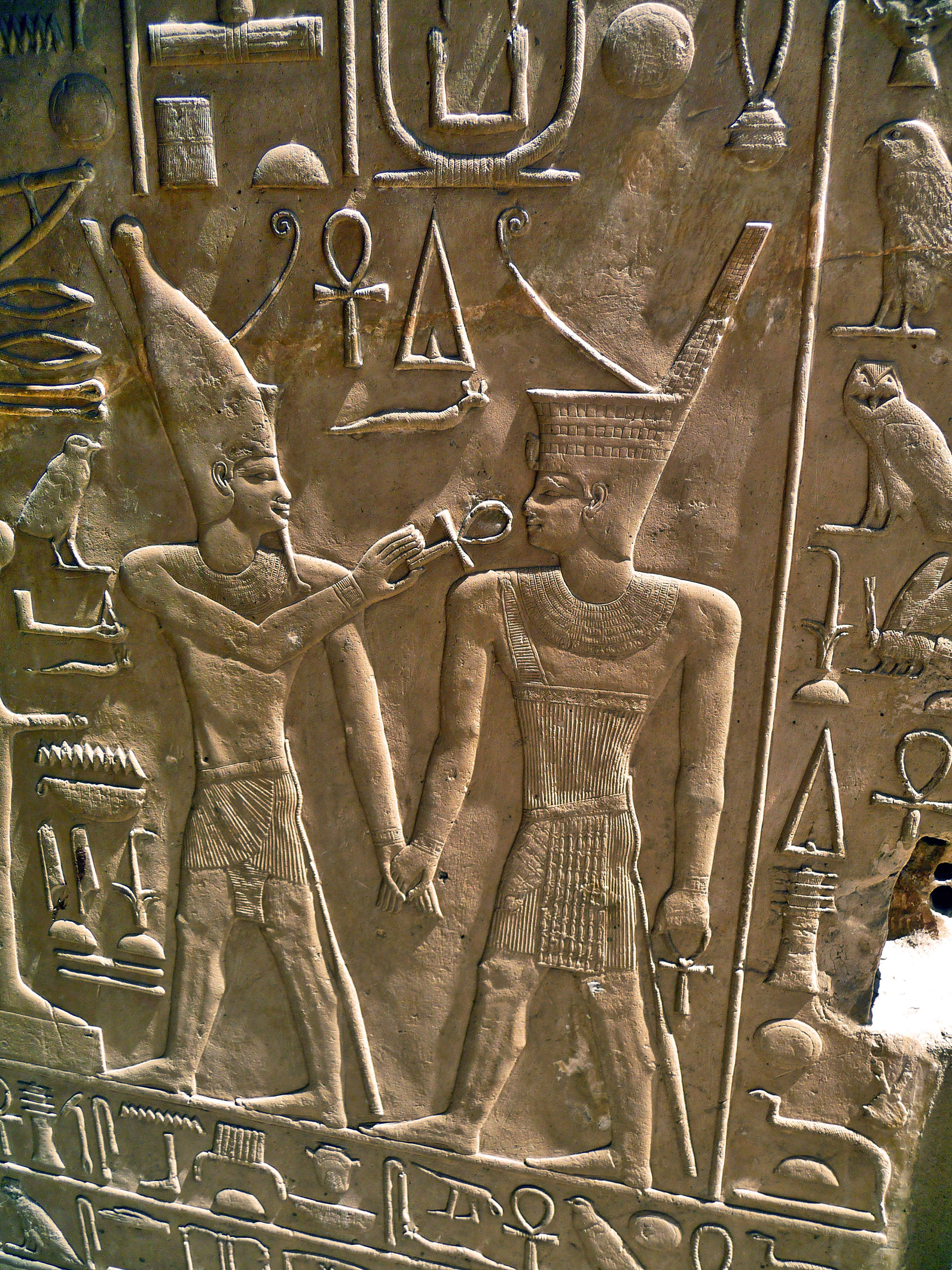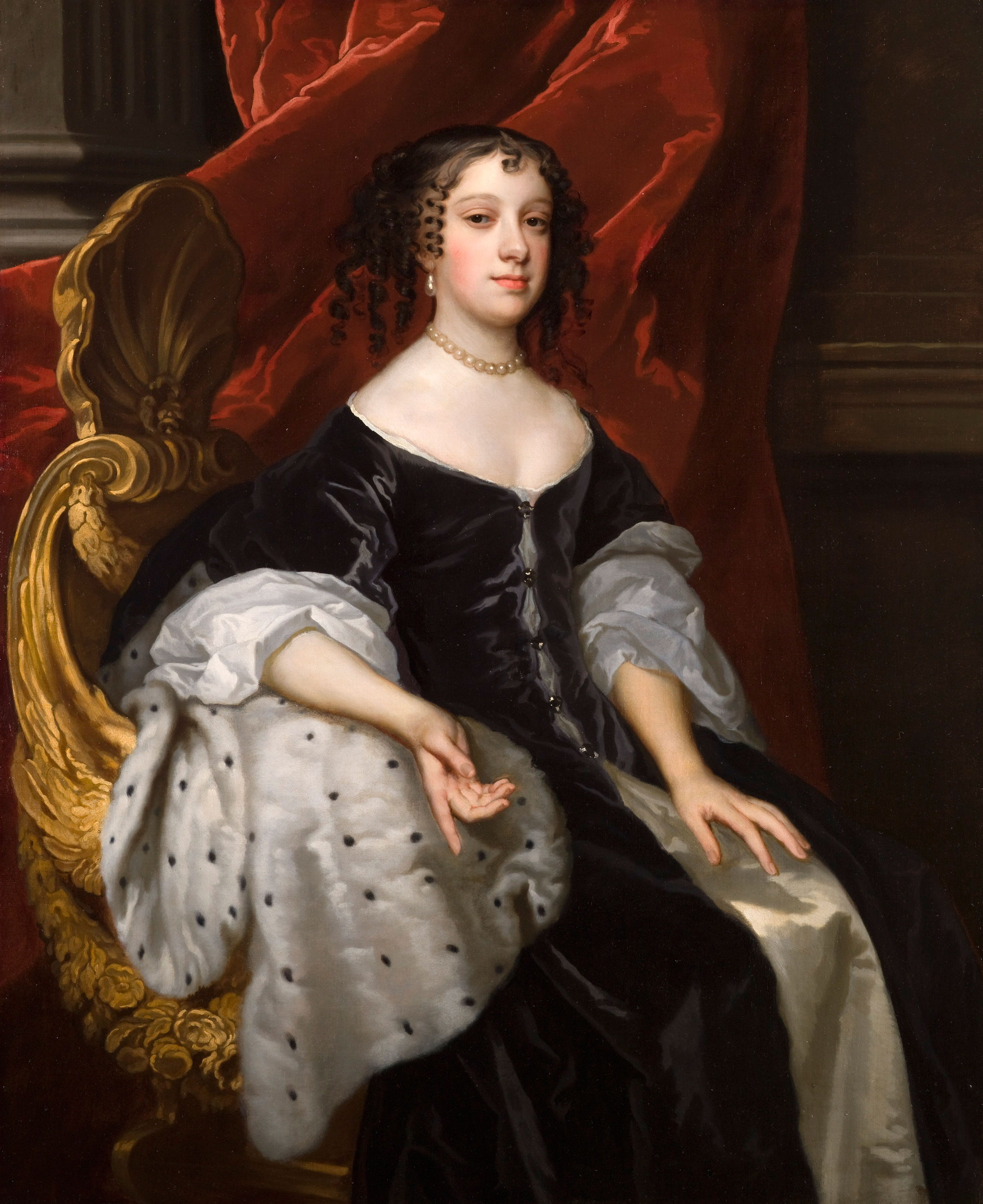|
Neferitatjenen
Neferitatjenen was the wife of Amenemhat I, the king of the 12th Dynasty in ancient Egypt, and the mother of Senusret I Senusret I (Egyptian language, Middle Egyptian: wikt:z-n-wsrt, z-n-wsrt; /suʀ nij ˈwas.ɾiʔ/) also anglicized as Sesostris I and Senwosret I, was the second pharaoh of the Twelfth dynasty of Egypt, Twelfth Dynasty of Egypt. He ruled from 1971 .... The documentation of her relationships is preserved on a statuette depicting her son. She held the title "King's Mother" (mwt-niswt). While specific dates of her birth, marriage, and death are not available, she lived during the 20th century BCE. See also * Women in Ancient Egypt References * * External links Queens consort of the Twelfth Dynasty of Egypt Year of birth unknown Year of death unknown Mothers of monarchs {{AncientEgypt-bio-stub ... [...More Info...] [...Related Items...] OR: [Wikipedia] [Google] [Baidu] |
Amenemhat I
:''See Amenemhat (other), Amenemhat, for other individuals with this name.'' Amenemhat I (Egyptian language, Ancient Egyptian: ''Ỉmn-m-ḥꜣt'' meaning 'Amun is at the forefront'), also known as Amenemhet I, was a pharaoh of ancient Egypt and the first king of the Twelfth Dynasty of Egypt, Twelfth Dynasty of the Middle Kingdom of Egypt, Middle Kingdom. Amenemhat I was probably the same as the vizier named Amenemhat who led an expedition to Wadi Hammamat under his predecessor Mentuhotep IV, and possibly overthrew him from power. Scholars differ as to whether Mentuhotep IV was killed by Amenemhat I, but there is no independent evidence to suggest this and there may even have been a period of co-regency between their reigns.E. Hornung, ''History of Ancient Egypt'', 1999 p.50 Amenemhat I was not of royal lineage, born to Senusret and Nefert who were possibly related to the nomarchial family of Elephantine. The composition of some literary works (the ''Prophecy of Neferti ... [...More Info...] [...Related Items...] OR: [Wikipedia] [Google] [Baidu] |
Senusret I
Senusret I (Egyptian language, Middle Egyptian: wikt:z-n-wsrt, z-n-wsrt; /suʀ nij ˈwas.ɾiʔ/) also anglicized as Sesostris I and Senwosret I, was the second pharaoh of the Twelfth dynasty of Egypt, Twelfth Dynasty of Egypt. He ruled from 1971 BC to 1926 BC (1920 BC to 1875 BC), and was one of the most powerful kings of the 12th dynasty. He was the son of Amenemhat I. Senusret I was known by his prenomen, Kheperkare, which means "the Ka of Re is created." He expanded the territory of Ancient Egypt, Egypt, allowing him to rule over an age of prosperity. Family The family relations of the king are well known. Senusret I was the son of Amenemhat I. His mother was a queen with the name Neferitatjenen. His main wife was Neferu III who was also his sister and mother of his successor Amenemhat II. Their known children are Amenemhat II and the princesses Itakayt and Sebat (king's daughter), Sebat. The latter was most likely a daughter of Neferu III as she appears with the latter tog ... [...More Info...] [...Related Items...] OR: [Wikipedia] [Google] [Baidu] |
12th Dynasty
The Twelfth Dynasty of ancient Egypt (Dynasty XII) is a series of rulers reigning from 1991–1802 BC (190 years), at what is often considered to be the apex of the Middle Kingdom (Dynasties XI–XIV). The dynasty periodically expanded its territory from the Nile delta and valley South beyond the second cataract and East into Canaan. The Twelfth Dynasty was marked by relative stability and development. It has a notably well recorded history for the period. Its first pharaoh was Amenemhat I and its final was Sobekneferu. History The chronology of the Twelfth Dynasty is the most stable of any period before the New Kingdom. The Turin Royal Canon gives 213 years (1991–1778 BC). Manetho stated that it was based in Thebes, but from contemporary records it is clear that the first king of this dynasty, Amenemhat I, moved its capital to a new city named "Amenemhat-itj-tawy" ("Amenemhat the Seizer of the Two Lands"), more simply called, Itjtawy. The location of Itjtawy has not bee ... [...More Info...] [...Related Items...] OR: [Wikipedia] [Google] [Baidu] |
Women In Ancient Egypt
Women in ancient Egypt had some special rights other women did not have in other comparable societies. They could own property and were, at court, legally equal to men. However, Ancient Egypt was a Patriarchy, patriarchal society dominated by men. Only a few women are known to have important positions in administration, though there were female rulers and even female pharaohs. Women at the royal court gained their positions by relationships to male kings. Work Most women belonged to the peasantry and worked alongside their husbands. Women were known to manage farms or businesses in the absence of their husbands or sons. Among the upper classes of society, a woman usually did not work outside the home, and instead supervised the servants of the household and her children's education. An exception is the textile industry. Here women are well attested as weavers. A letter found at Lahun and dating around 1800 BC names six female weavers. In the Old Kingdom wealthy women of ... [...More Info...] [...Related Items...] OR: [Wikipedia] [Google] [Baidu] |
Ancient Egyptians
Ancient Egypt () was a cradle of civilization concentrated along the lower reaches of the Nile River in Northeast Africa. It emerged from prehistoric Egypt around 3150BC (according to conventional Egyptian chronology), when Upper and Lower Egypt were amalgamated by Menes, who is believed by the majority of Egyptologists to have been the same person as Narmer. The history of ancient Egypt unfolded as a series of stable kingdoms interspersed by the " Intermediate Periods" of relative instability. These stable kingdoms existed in one of three periods: the Old Kingdom of the Early Bronze Age; the Middle Kingdom of the Middle Bronze Age; or the New Kingdom of the Late Bronze Age. The pinnacle of ancient Egyptian power was achieved during the New Kingdom, which extended its rule to much of Nubia and a considerable portion of the Levant. After this period, Egypt entered an era of slow decline. Over the course of its history, it was invaded or conquered by a number of foreign civ ... [...More Info...] [...Related Items...] OR: [Wikipedia] [Google] [Baidu] |
Queens Consort Of The Twelfth Dynasty Of Egypt
Queens is the largest by area of the Boroughs of New York City, five boroughs of New York City, coextensive with Queens County, in the U.S. state of New York (state), New York. Located near the western end of Long Island, it is bordered by the borough of Brooklyn and by Nassau County, New York, Nassau County to its east, and shares maritime borders with the boroughs of Manhattan, the Bronx, and Staten Island, as well as with New Jersey. Queens is one of the most linguistics, linguistically and ethnically diverse places in the world. With a population of 2,405,464 as of the 2020 United States census, 2020 census, Queens is the second-most populous county in New York state, behind Kings County (Brooklyn), and is therefore also the second-most populous of the five New York City boroughs. If Queens were its own city, it would be the List of United States cities by population, fourth most-populous in the U.S. after the rest of New York City, Los Angeles, and Chicago. Queens is the fo ... [...More Info...] [...Related Items...] OR: [Wikipedia] [Google] [Baidu] |
Year Of Birth Unknown
A year is a unit of time based on how long it takes the Earth to orbit the Sun. In scientific use, the tropical year (approximately 365 solar days, 5 hours, 48 minutes, 45 seconds) and the sidereal year (about 20 minutes longer) are more exact. The modern calendar year, as reckoned according to the Gregorian calendar, approximates the tropical year by using a system of leap years. The term 'year' is also used to indicate other periods of roughly similar duration, such as the lunar year (a roughly 354-day cycle of twelve of the Moon's phasessee lunar calendar), as well as periods loosely associated with the calendar or astronomical year, such as the seasonal year, the fiscal year, the academic year, etc. Due to the Earth's axial tilt, the course of a year sees the passing of the seasons, marked by changes in weather, the hours of daylight, and, consequently, vegetation and soil fertility. In temperate and subpolar regions around the planet, four seasons ar ... [...More Info...] [...Related Items...] OR: [Wikipedia] [Google] [Baidu] |






